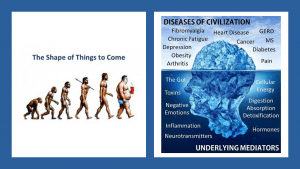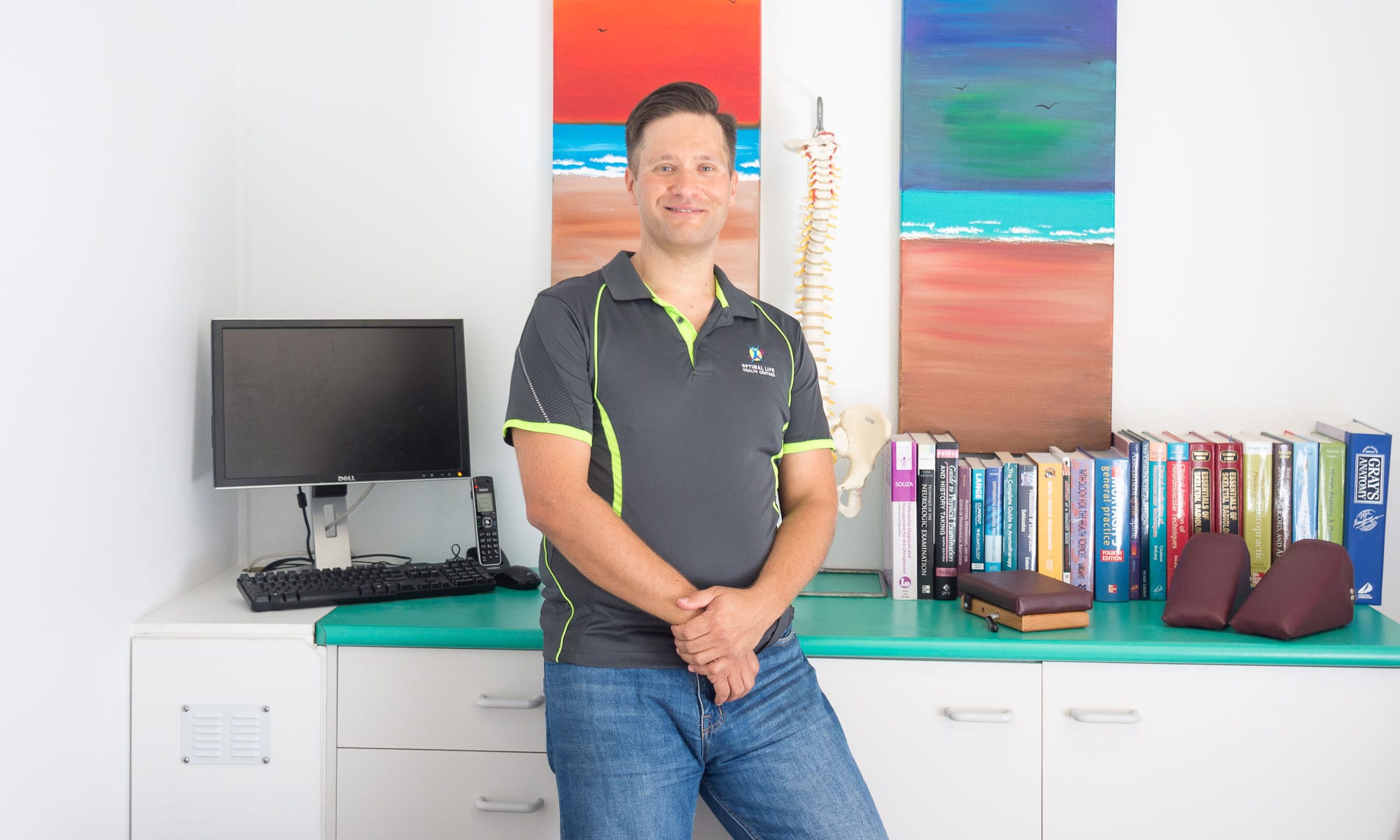Why is subluxation pandemic in industrialised (‘western’) societies?
“Sitting is to the spine, as sugar is to the teeth”
– Dr James Chestnut
Many people never see a chiropractor, and often those that do come only as after trying everything else, and usually because they want help with a pain or a symptom.
What most people don’t understand is how incredibly widespread subluxations (and the wider health challenges they can cause) are in industrialized societies, for very clear and simple reasons – the combination of lifestyle and other environmental factors that result in significant accumulated physical stress-load.
This gradually-building load comes about from the vast number of ongoing deficiency and toxicity states that we allow ourselves to live with
(in the form of toxicities or deficiencies in physical, chemical and/or mental/emotional areas of life)
Epidemics are disastrous on many levels, yet pandemics are epidemics widespread around the world. A subluxation pandemic definitely exists. It is not a stretch to make this claim if the seriousness of impact subluxations cause to optimum human function is acknowledged.
Subluxation is in one sense the result of this stress load, and then itself becomes a further initiating stress load as it remains in a chronic state.
One way to simply understand this is to think of subluxations in the spine like we think of cavities in our teeth:
- The more sugary foods we eat (toxicity), combined at the same time with
- Not brushing/flossing/rinsing often enough, or not chewing our food properly (deficiency), then
- Choosing to not seek advice, education or regular checks from professionals (dentists) unless we get symptoms (and sometimes, not even then!)
– are in the case of oral health and hygiene why people are suffering from so many problems.
These contributing factors (toxicity or deficiency states) are why people are sick and getting sicker.
It takes many years for decay to move through the various layers of teeth before the nerve is directly affected and pain is the result.
If toxicity is defined as "too much of something we don't need" and deficiency as "not enough of something we do need" then it follows that our sedentary lifestyles are just as strongly a chronic toxic load and the associated lack of movement represents a deficiency to human health.
The amount of sitting, inappropriate breathing, and poor body postures further contribute.
The loads that these chronic sedentary postures force the spine to try to adapt to, the lack of movement, the lack of information about better health practices, and the lack of assessment by chiropractors similarly contribute to spinal degeneration and nervous system ‘ill-health’ – with the longer-term outcome being chronic disease states body-wide.
“Two main promoters of degeneration are repetitive strain/microtrauma and sedentary lifestyle”
Seaman 1997
In the book we took this quote from, an editor’s note linked to the above quote says: “Virtually nobody in the industrialized world avoids these…”
Quite literally: “Sitting is to the spine, as sugar is to the teeth” (James Chestnut)
“Does it make sense to get your teeth checked twice per year, but not your spine?”













